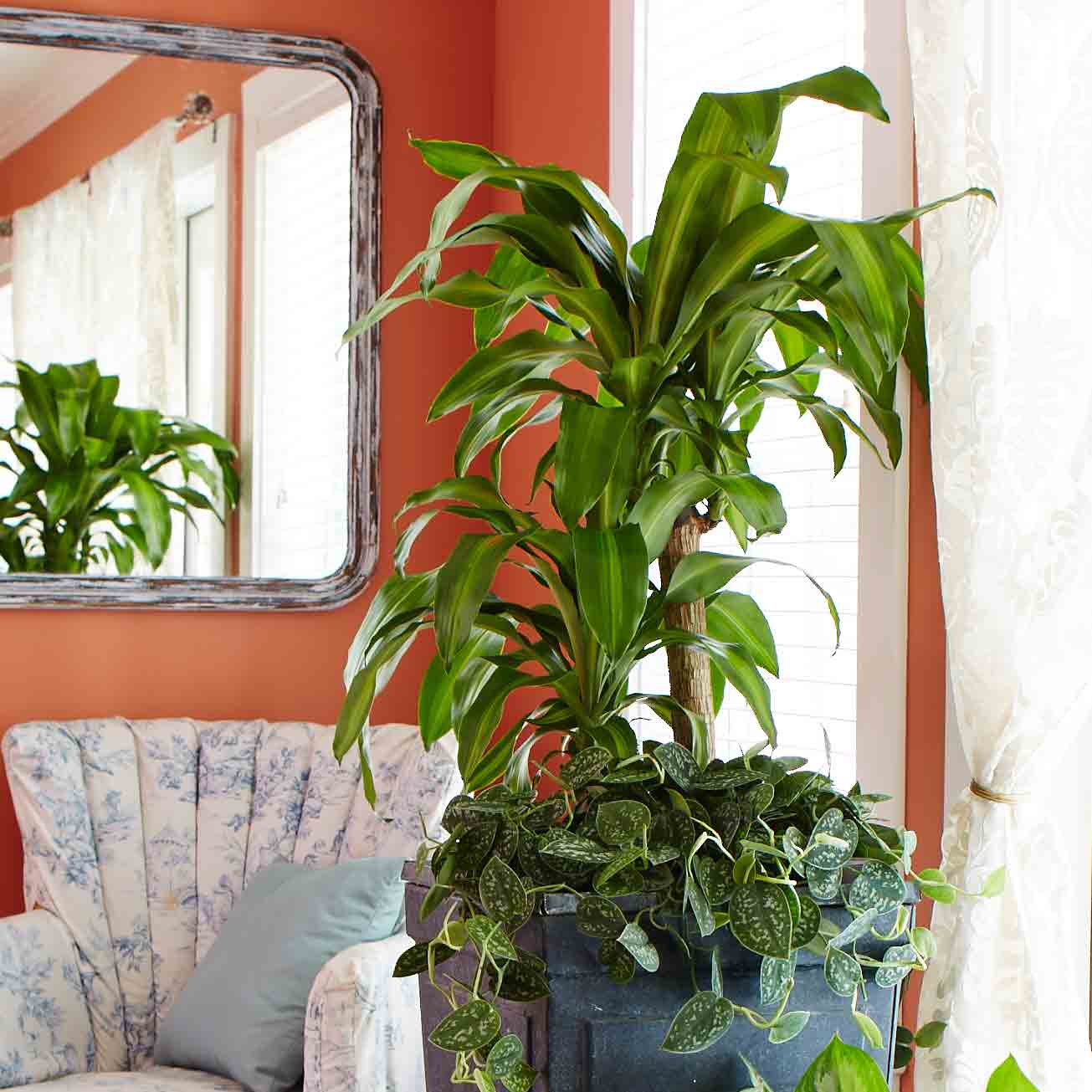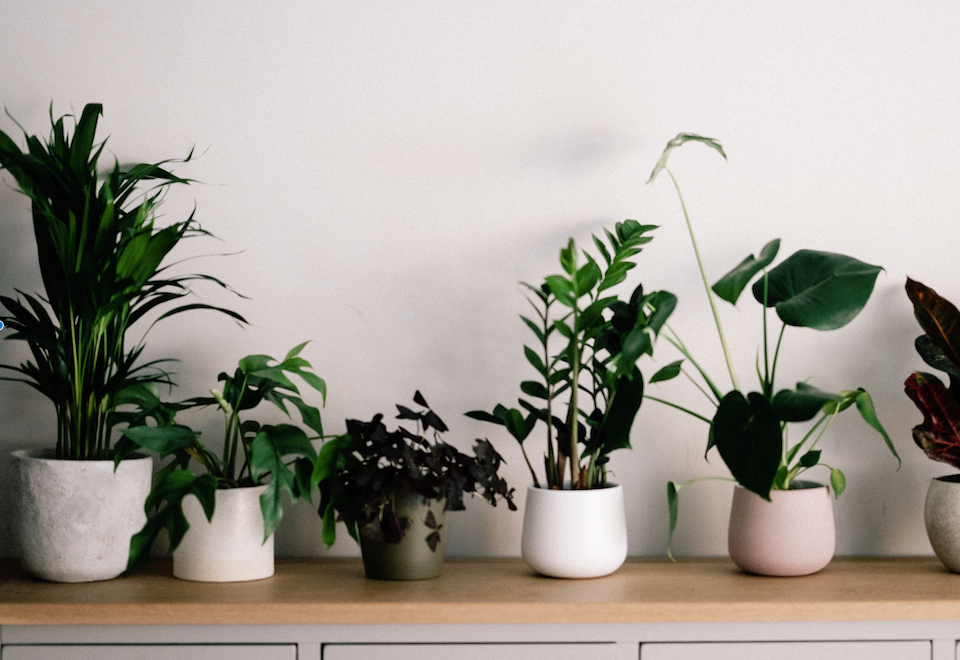Transform Your Living Space with the Best Low-Light Indoor Plants
Transform Your Living Space with the Best Low-Light Indoor Plants
Blog Article
Transform Your Home With Beautiful Low-Light Indoor Plants and Their Benefits
Incorporating low-light indoor plants right into your home can considerably improve both the ecological and visual quality of your living areas. These plants, which prosper in dim problems, offer not just as decorative aspects yet also as natural air cleansers, making them ideal for metropolitan residents or those with minimal sunlight exposure. As we check out the numerous kinds of low-light plants and their benefits, you might find unusual means to integrate them into your home that can transform your surroundings in methods you could not have actually anticipated.
Benefits of Low-Light Plants
Low-light plants provide many benefits for interior settings, making them a superb choice for both novice and knowledgeable garden enthusiasts. Among the key advantages is their flexibility to low-light problems, allowing people to enhance their home without the need for substantial sunshine exposure. This characteristic makes them suitable for homes, workplaces, and various other locations with minimal all-natural light.
:max_bytes(150000):strip_icc()/lowlightplants01-e6ce112597f74b538fc83e28a39bf23b.jpg)
Additionally, including low-light plants right into home decor can boost the visual allure of a room. Their rich vegetation and varied structures produce a calming atmosphere, contributing to total health. The presence of plant has been linked to lowered anxiety levels and enhanced performance, making low-light plants a sensible option for improving both psychological and physical health and wellness in indoor setups.
Leading Low-Light Indoor Plants
While many interior plants thrive in intense light, a number of species are specifically appropriate for low-light conditions, making them excellent for different indoor areas. One popular selection is the Snake Plant (Sansevieria), known for its striking upright fallen leaves and durability, requiring very little care. Another excellent option is the Pothos (Epipremnum aureum), which features heart-shaped fallen leaves and can route magnificently from shelves or wall mounts, prospering in reduced light and adding a lush touch.
The ZZ Plant (Zamioculcas zamiifolia) is celebrated for its glossy fallen leaves and ability to stand up to overlook, making it best for hectic lifestyles. In a similar way, the Peace Lily (Spathiphyllum) not only tolerates low light yet likewise creates spectacular white blossoms, boosting any room's aesthetic.
For an one-of-a-kind touch, think about the Cast Iron Plant (Aspidistra elatior), which indeed measures up to its name, flourishing in the darkest corners of your home. The Chinese Evergreen (Aglaonema) uses a range of leaf patterns and shades while being extremely forgiving in low-light problems. These plants not only beautify interior environments however likewise contribute to air filtration, boosting your living room.
Treatment Tips for Low-Light Plants

Watering techniques are crucial; these plants usually choose a little dry conditions. Overwatering can bring about root rot, so make sure that the leading inch of dirt is dry prior to sprinkling once more. Usage pots with water drainage holes to enable excess wetness to get away.
Moisture is an additional important factor. Numerous low-light plants, such as brushes and peace lilies, benefit from higher moisture degrees. To increase humidity, consider misting the his response fallen leaves or positioning a tray of water near the plants.
Fertilization should be approached with caution. Throughout the growing period, make use of a diluted, well balanced liquid fertilizer every month to sustain growth, but avoid fertilizing throughout the inactive cold weather.

Innovative Ways to Present Plants
Interior plants can work as captivating focal factors in any space, improving both visual charm and ambiance. Creative displays can boost the aesthetic impact of low-light plants, making them an indispensable part of your home design. One reliable method is to make use of tiered plant stands, which enable you to display several plants at varying elevations while maximizing floor area.
Hanging planters are another innovative choice, developing a sense of deepness and attracting the eye upward. Take into consideration macramé hangers or wall-mounted racks to introduce a distinct texture and design.
For a more organized technique, usage geometric terrariums or glass containers to house your plants, adding a modern touch to your interior yard. You can likewise repurpose vintage things, such as teacups or wooden pet crates, for a diverse display screen that mirrors your individuality.
Enhancing Home Setting With Plants
Incorporating low-light plants into your home not only enhances visual allure yet likewise contributes substantially to the general ambiance. These plants offer as all-natural decoration aspects, introducing a feeling of peace that can change any type of room. The visibility of plant promotes a calming ambience, which is specifically helpful in high-stress atmospheres such as office or living rooms.
Low-light plants, such as serpent plants, pothos, and ZZ plants, are not only cosmetically pleasing however also boost interior air quality by filtering system contaminants. This dual feature improves the setting additionally, producing a much healthier living area (Best low-light indoor plants). The tactical positioning of these plants can likewise affect the understanding of space; for example, tall plants can draw the eye upwards, making ceilings show up greater and spaces a lot more spacious
Furthermore, differing structures and colors of vegetation add deepness to indoor style, enabling creative expression in home designing. Whether positioned on racks, in corners, or as focal points, low-light plants can elevate the state of mind of any area. In recap, including these plants into your home is a reliable way to promote a cozy, inviting environment while reaping the benefits of boosted air quality and aesthetic convenience.
Conclusion
Integrating low-light indoor plants into home atmospheres uses many advantages, consisting of boosted visual allure and boosted air top quality. These resistant plants, such as the Serpent Plant why not find out more and Tranquility Lily, call for marginal light and upkeep, making them ideal for varied way of lives.
While lots of interior plants prosper in brilliant light, a number of types are especially appropriate for low-light conditions, making them optimal for different go to this site indoor spaces. One reliable approach is to make use of tiered plant stands, which enable you to showcase multiple plants at varying elevations while taking full advantage of floor space.
Low-light plants, such as serpent plants, pothos, and ZZ plants, are not just visually pleasing but also boost interior air high quality by filtering pollutants. Best low-light indoor plants. The strategic positioning of these plants can likewise influence the assumption of area; for instance, high plants can attract the eye up, making ceilings appear greater and spaces much more large
These durable plants, such as the Serpent Plant and Tranquility Lily, need minimal light and maintenance, making them ideal for varied lifestyles.
Report this page